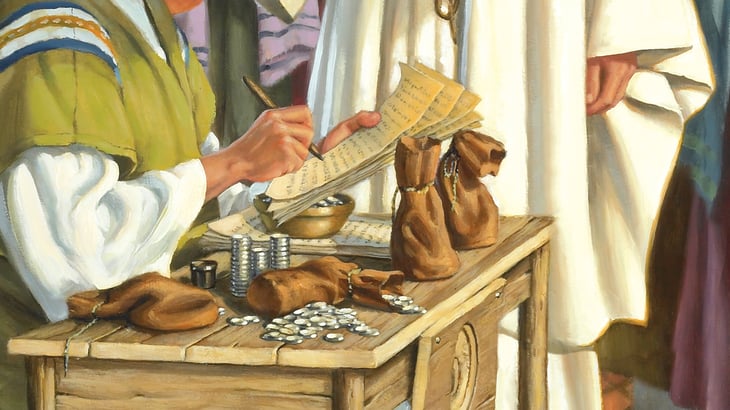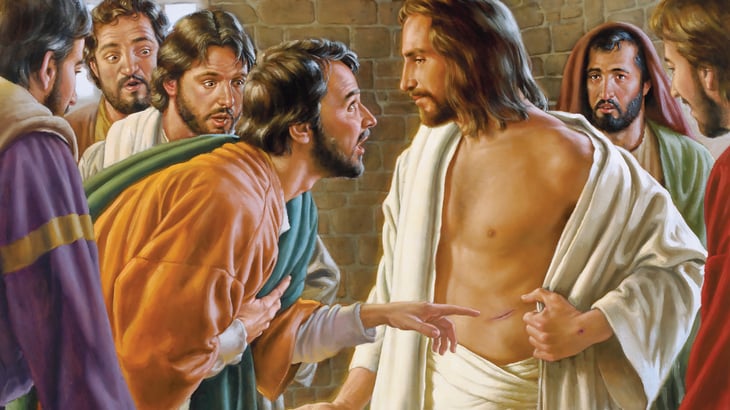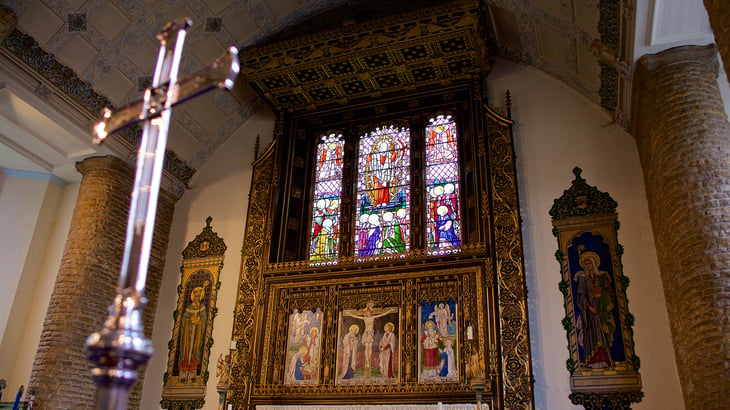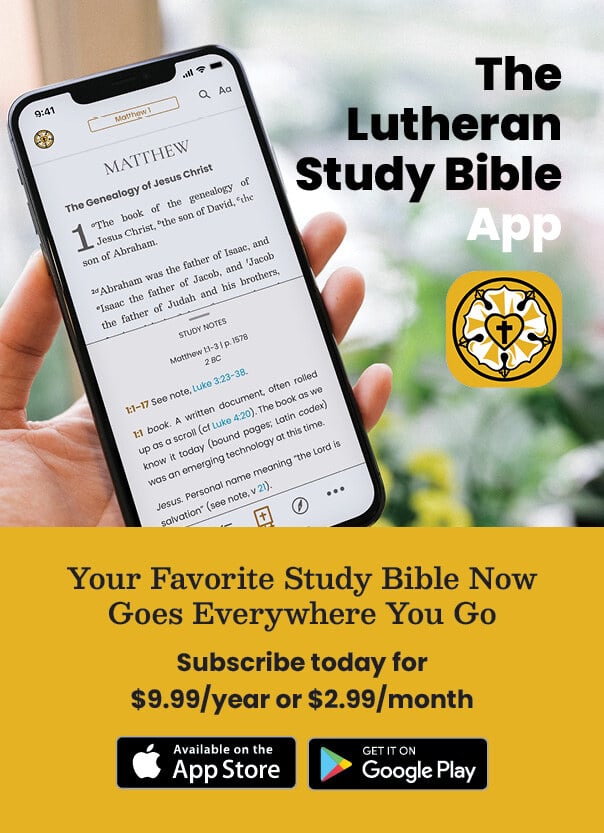Teaching the Twelve Apostles: Matthew
This month, we learn a bit about Matthew, one of the Gospel writers. We begin with introductory key verses regarding his work and calling by Jesus, followed by teaching regarding the apostle, and finally, ideas for presenting Matthew in the Sunday School classroom.
Creating Routine for Your Teenagers
Our teenagers are not immune to the stress caused by the ongoing shutdowns due to the coronavirus. High school seniors have seen much of their culminating experiences canceled or postponed, and all of our students who have been “in the groove” of the year have had their routines disrupted.
Grasping at Routine: Our Need for a Daily Schedule
In the beginning was . . . routine. In the first verses of Genesis 1, routine is immediately evident. God designed His majestic creation with order. Before there was even a sun in the heavens, there was evening and there was morning. There was a routine.
Easter Teaching Activities for Families
Easter is always a special celebration of Christ’s victory. This year is no different. Jesus still died on the cross, rose from the dead, and ascended into heaven—and that’s worth celebrating. It will likely be a different kind of celebration this year, but that doesn’t mean that it isn’t exciting.
Full transparency; this is my first year married. When holidays come around, my husband and I have to create our own traditions—traditions that we will hopefully share with our children someday. We both come from families that celebrate holidays in BIG ways. Merging our two families’ traditions has been a great joy! As we look ahead to Easter and how our celebration will look different, I am planning to try some new activities. Some of which can be found in the free Easter activity guide that is linked at the bottom of the article.
Early Childhood Activities Anchored to Truth and Stability
“Jesus Christ is the same yesterday and today and forever” (Hebrews 13:8).
More than anything, I want my kids, throughout their lives, to know how loved they are. I want them to savor the beauty of God’s creation, to know His peace, and to pour out His love. With recent school closures and social distancing guidelines, reorienting myself and my family to the new normal has added complications to my already messy life. I’ve also wrestled with what to share, how to share it, and what to omit for my kids’ protection to anchor my family more intentionally to Christ instead of fear. While our regular schedules have been upended due to the current pandemic and worldwide angst, we’ve also been given a unique opportunity to go back to a lifestyle that was commonplace before the 19th century—a time of embracing familial tasks and sharing with our neighbors and loved ones in an intimate way.
Sharing the Gospel through a Storybook Bible
I grew up with one Bible in my household. It was a children’s storybook Bible. Featuring over a hundred stories from the Old and New Testaments, it was my only look at the Word of God. It had pictures that had been illustrated by children around the world paired with a short paragraph of text that summarized the story of each specific passage. That version of the Bible was my only way to God’s Word.
Resources for Teaching the Faith at Home
Being a teacher involves patience, dedication, passion, lots of hours, and above all, love for your students. In these times of uncertainty when so many don’t know when they will be returning to school, how schools may look in the future, or if students are hearing the loving words of Jesus that they desperately need, be certain Jesus is with us as our guide.
Setting Up a Classroom Library Focused on Jesus
You may have asked yourself: Where do I begin when setting up a classroom library and how should I include books for Jesus time? Setting up a classroom library can be very costly and overwhelming. It’s important to think about each child’s possible interests and have a variety of books available for them. As a Lutheran educator, I find it especially important to have a large selection of books centered on Christ in our classroom library to help encourage students to gain a deeper understanding of who Jesus is and what He did for us.
Teaching the Twelve Apostles: Thomas
This month, we turn our attention to teaching about the apostle Thomas. We’ll begin with a few introductory verses followed by information from the Bible regarding this apostle, and finally, suggestions on how to present Thomas in the Sunday School setting.
Teaching Little Ones: About the Altar
Church services can sometimes be confusing for little ones. They will have questions about what they are seeing. Teaching young children about the individual parts of the church service can seem daunting. And it starts with learning yourself what it all means! It’s a great opportunity to help them grow and understand the symbols of our Christian faith. This is the second post in a series on teaching our youngest churchgoers about the parts of the service.


























